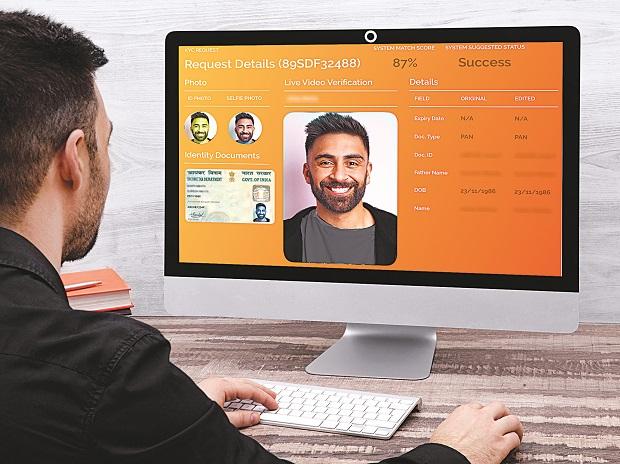The Central-Know Your Customer is aimed at improving efficiency, enhancing customer convenience, and strengthening the due diligence process in the financial sector. It facilitates faster and smoother transactions while ensuring compliance with regulatory requirements related to customer identification and verification.
What exactly is C-KYC?
C-KYC or Central-Know Your Customer refers to a centralised repository of Know Your Customer (KYC) records for the financial sector. The initiative was started by the Central Registry of Securitisation and Asset Reconstruction and Security Interest of
India (CERSAI) in collaboration with the government of India under
C-KYC’s aim was to streamline the KYC process by creating a centralised database with customer identification details. This can be accessed by financial institutions including banks, mutual funds, insurance companies, and other regulated institutes. It does away with the need for customers to submit KYC documents multiple times when signing up with different financial institutions.
How does it work?
Financial institutes that are registered under the Reserve Bank of India (RBI), Insurance Regulatory and Development Authority (IRDA), Pension Funds Regulatory and Development Authority (PFRDA) and Securities and Exchange Board of India (SEBI) can register their customers under CKYC.
The registration agency verifies and validates the information provided by the customers and uploads it to the central repository.
Once the information is registered, customers receive a 14-digit KYC Identification Number (KIN) that can be used at any financial institution registered with CERSAI.
Under C-KYC, individuals and entities are required to only submit their KYC information, including personal details, identity proof and address proof, among other documents, to a C-KYC registration agency.
Customers can also check their CKYC number by visiting these portals: www.karvykra.com or www.cvlkra.com
Benefits
Financial institutions can then access the C-KYC database to retrieve the KYC records of customers while onboarding them or account opening processes.
This helps in reducing paperwork, time for both customers and financial institutions.
Potential drawbacks
While C-KYC in India offers several benefits, there are also some drawbacks associated with its implementation. These drawbacks include:
Privacy concerns: Centralising customer information in a repository raises concerns about data privacy and security. There is a risk of unauthorised access or misuse of personal data if there is any breach in security. According to CERSAI records, the KYC records currently contain around 700 million KYC details accessible to over 5,000 institutions.
Dependency on a single database: The reliance on a single centralised database means that any technical glitches, system failures, or cyber-attacks can disrupt the entire KYC verification process for multiple financial institutions simultaneously.
Limited scope: C-KYC primarily focuses on the financial sector and does not cover other industries.
Potential for outdated information: Since customer data is collected and stored in the C-KYC database, there is a possibility that the information may become outdated over time. Changes in personal details or documents might not be immediately reflected in the repository.
RBI update
These concerns have been further highlighted since the Reserve Bank of India (RBI) has tagged the C-KYC database member as high-risk in a recent update to the master direction on KYC on April 28.
The RBI is tagging customers who choose to do their KYC verification through C-KYC or DigiLocker as high-risk and has mandated that these customers still may be asked to verify their KYC through video or face-to-face.
This may turn stakeholders and consumers away from the centralised repository as it makes the ease of access redundant.
The RBI claims this is to ensure there is no fraudulent behaviour.



